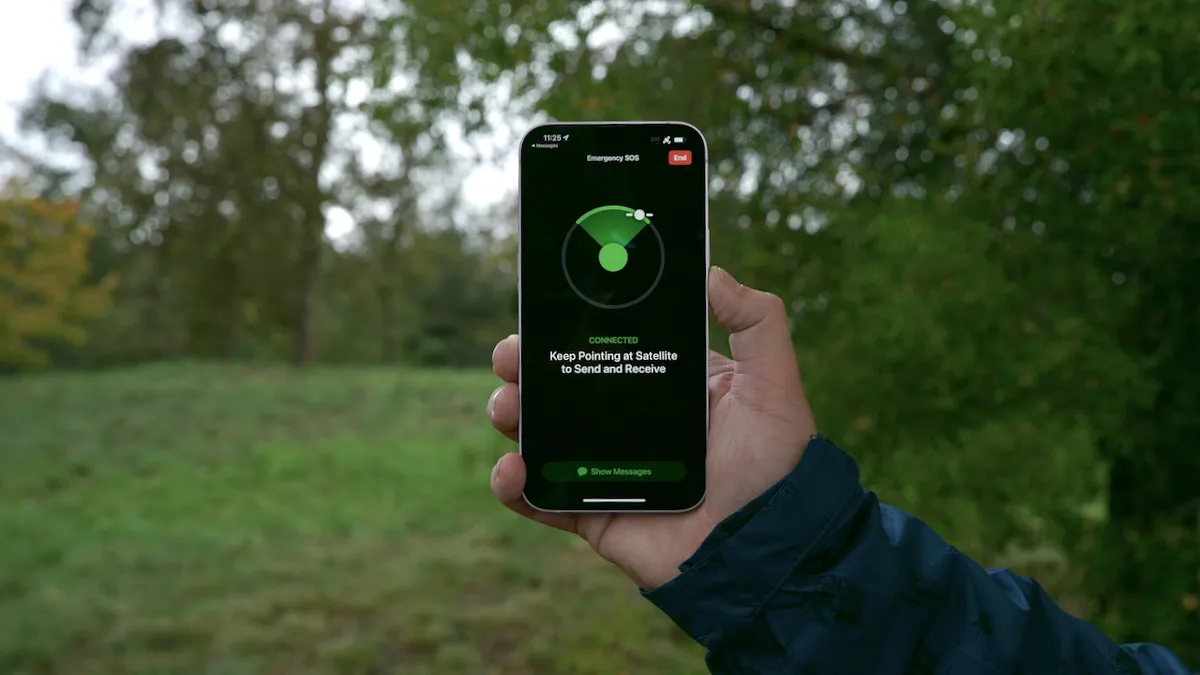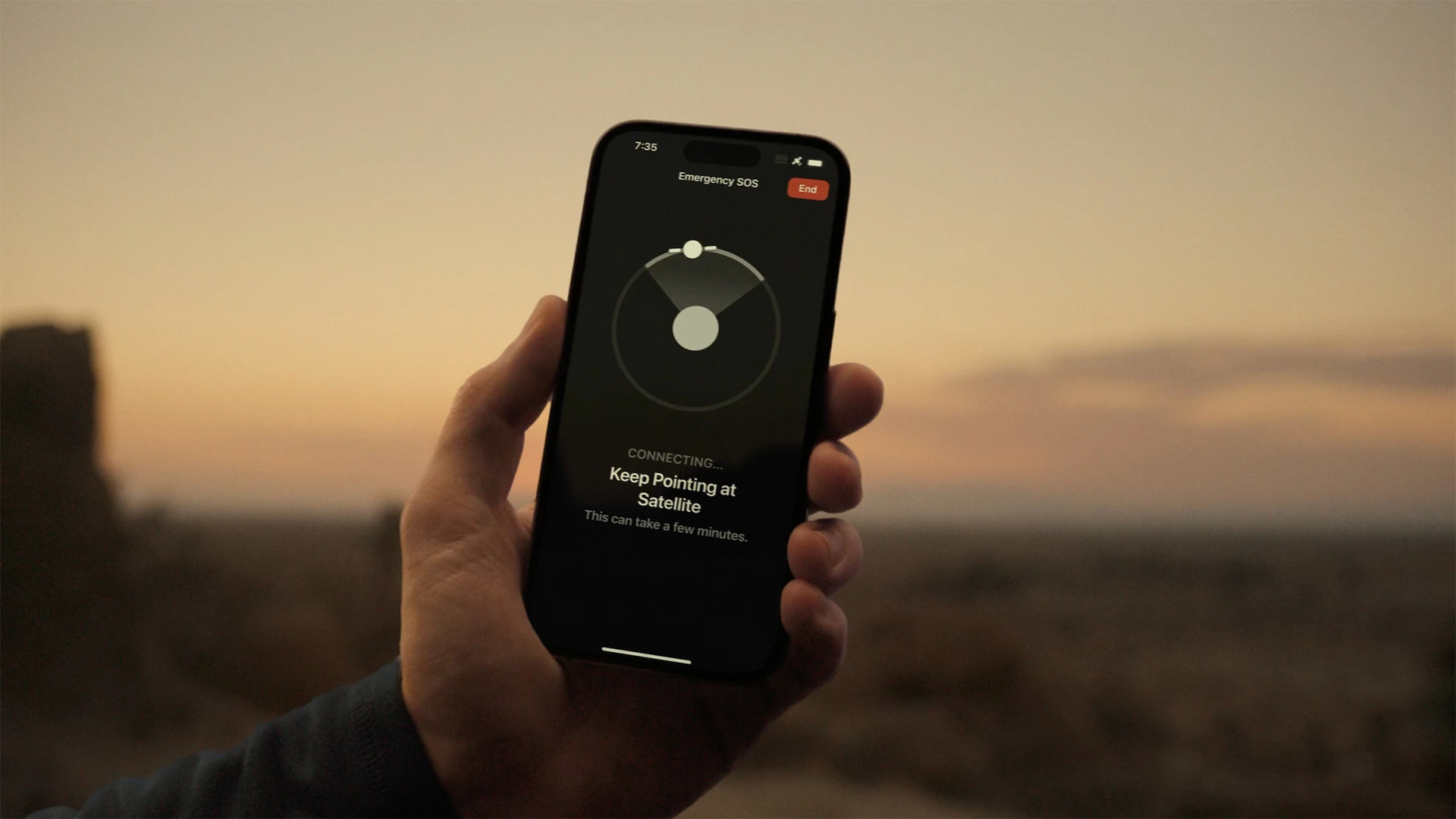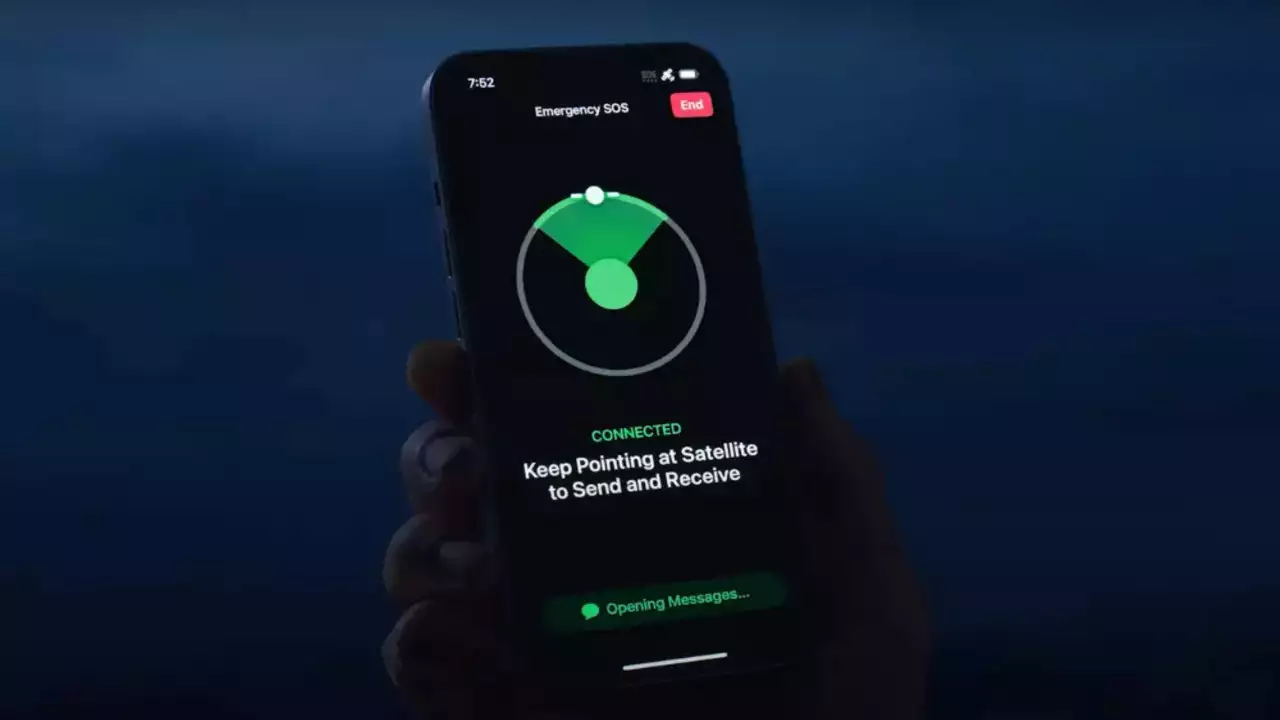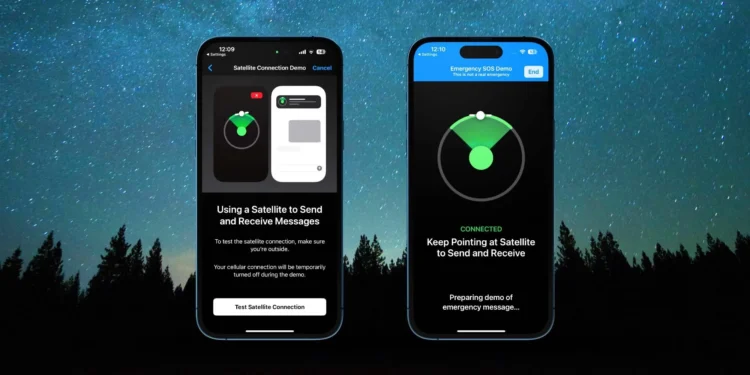In the wake of natural disasters, the ability to communicate can mean the difference between safety and peril. This was vividly illustrated during Hurricane Helene when Jeff Twersky and his group found themselves cut off from the world, without cell service or power in Weaverville, North Carolina. Amidst the chaos, the satellite SOS feature on Twersky’s iPhone 16 emerged as a critical lifeline, demonstrating the growing importance of satellite technology in disaster response.

The Unseen Hero: iPhone’s Satellite Mode Activates
Jeff Twersky, a 69-year-old retired trial lawyer, along with his family and friends, had rented an Airbnb to celebrate a birthday and explore the mountainous regions near Asheville. They did not anticipate the severe weather and the subsequent disruption it would bring. As Hurricane Helene swept through, rendering roads impassable and knocking out conventional communication lines, the situation seemed dire. The group was running out of water, food, and essential medications.
On the night of September 28, with dwindling options, Twersky attempted once more to find a connection. To his surprise and relief, his iPhone indicated that it had switched to satellite mode—a feature he was previously unaware of. This allowed him to send a crucial text to his daughter in San Francisco, informing her of their predicament and location. “It was a lifesaving thing to find the satellite,” Twersky recounted to USA TODAY. The satellite connection facilitated vital updates on the storm, road conditions, and access routes that were otherwise unavailable due to the cell outages.

Satellite SOS: A Beacon of Hope in Times of Crisis
The satellite SOS feature is a relatively new addition to modern smartphones, designed to operate when cellular and WiFi are out of reach. Available on iPhone models starting from the iPhone 14, updated to iOS 18, and similar features on Google’s Pixel 9, these tools are intended for extreme situations. John Wojewoda, AT&T’s assistant vice president of Tower Strategy and Roaming, explained that when conventional networks fail, “they can fall back to a satellite connection,” which is crucial in maintaining communication during emergencies.
Expanding Satellite Support and the Future of Disaster Response
The use of satellite technology in telecommunications is expanding rapidly. Networks like AT&T, Verizon, and T-Mobile are collaborating with companies like SpaceX’s Starlink and AST SpaceMobile to integrate satellite communications directly into their services. This year, T-Mobile activated its Starlink direct-to-cellular service in Florida in anticipation of Hurricane Milton, highlighting proactive measures against natural disasters.
The reliance on satellite connections during Hurricane Helene underscores the need for robust, disaster-ready communication technologies. As climate change continues to intensify the severity and frequency of weather-related disasters, the technology sector is pressed to develop solutions that can ensure connectivity against all odds. Companies are investing significantly to bolster network resilience, with AT&T refreshing its power backup systems and collaborating on data-driven climate resilience strategies.

Jeff Twersky’s experience during Hurricane Helene is a poignant reminder of the critical role technology plays in disaster preparedness and response. While the satellite SOS feature on his iPhone served as a crucial bridge to safety, it was the spirit of community and cooperation among the people of Weaverville that highlighted the profound human aspect of disaster response. As we move forward, the integration of advanced technologies with traditional emergency response efforts will be pivotal in safeguarding communities against the unpredictable forces of nature.










